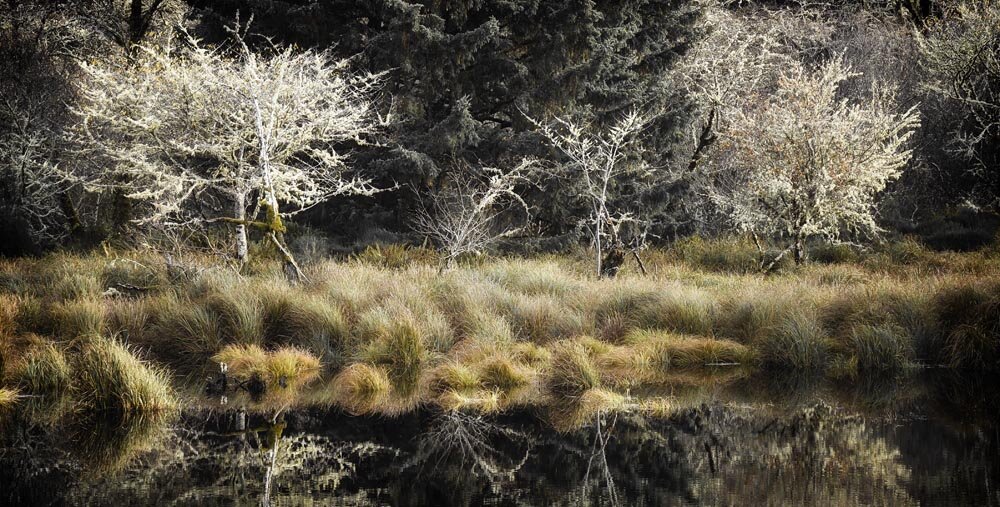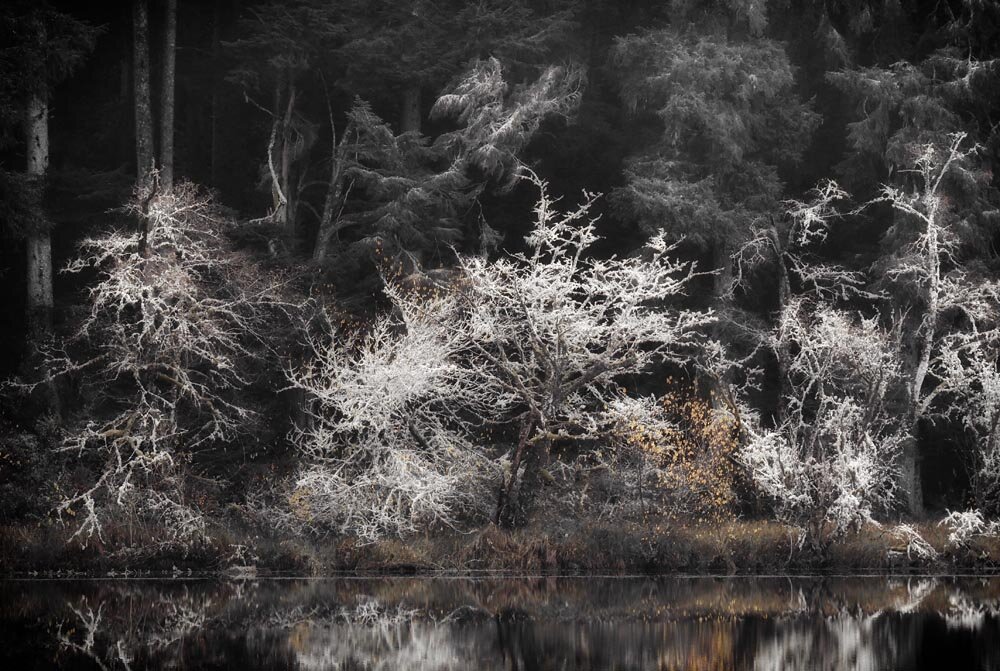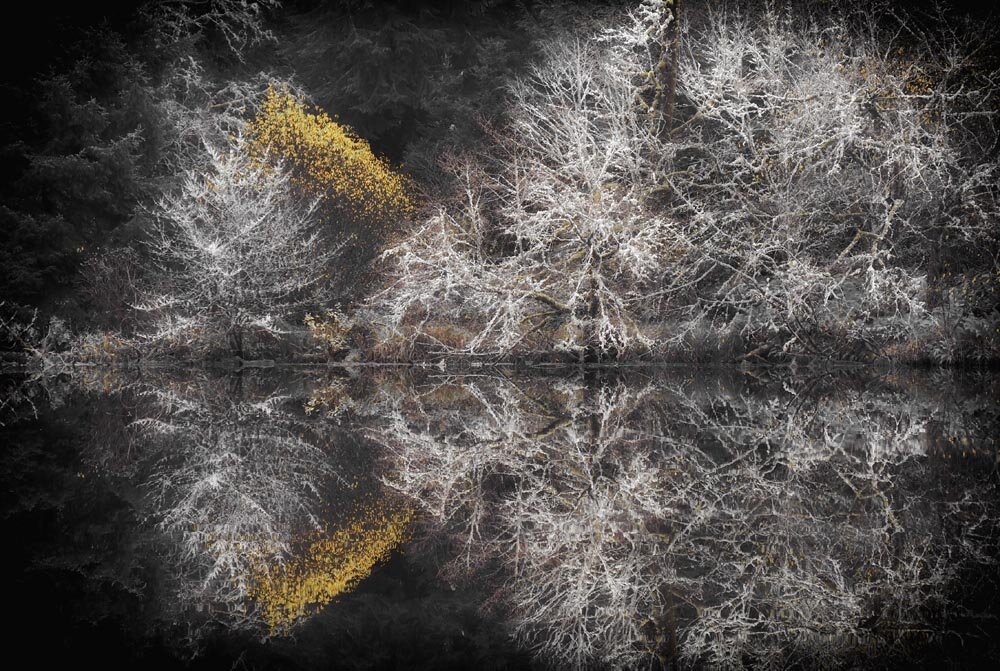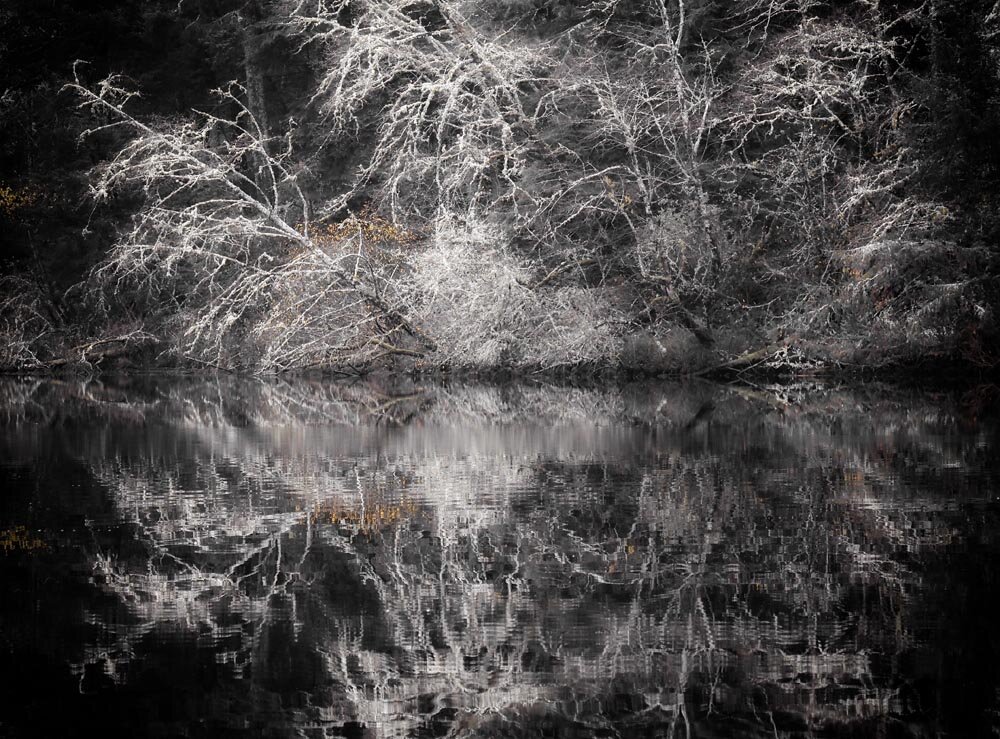Member Projects & Events including photo outings.
Check the PhotoZone Meeting educational events HERE. We have many educational events planned. All will take place after our meetings regularly scheduled on the third Sunday each month. Meetings are held at The Emerald Art Center, 500 Main street in Springfield. Meetings start at 1:00pm. Visitors are welcome. Please enter by the side door on 5th St. Special events usually start around 3:00pm. Note: the events page will open in a new tab.
__________________________________________________________
Be sure to add a like at the bottom of each entry. If you would like to contact the photographer, you may do so HERE.
__________________________________________________________
Dennis Galloway
Here are some Douglas AZ street scenes and two new 'street' portraits. P.S. All of the pictures were made with the Sony RX100 vi, an unnecessary luxury but I LOVE it!
Dennis Galloway
"Snow day in the Sulphur Springs Valley, AZ"
Ron Sufflebarger
Dennis Galloway
These are all explorations with my new Olympus 9mm Body Cap fisheye lens, either single images or stitched.
Greg Giesy's recent show at New Zone
Moments in Nature
Photography allows me to lose my thoughts of everything else and try to capture the moment.
I do this with cameras and lenses that let me capture that moment in all its fine points at a distance that does not make me the instigator of that moment.
Many of my photographs are of birds, insects, and other animals. If you spend any time watching wildlife you will notice that their lives move at a much faster pace than ours. That pace requires me to try to work in their reality by hand holding my camera to move with them to recount the precise moment that is the best photo.
The accuracy of that best photo demands that I am not the initiator of how my subject is reacting to its environment this requires distance. Telephoto lenses allow that distance, the larger the millimeter the more I am away from my subject. Improvements in my skills and in technology have permitted me to go from a 200mm lens to a 400mm lens to a 600mm lens to an 800mm lens to a 1000mm lens and finally to a 1600mm lens all handheld. (For those who are photographers the last two lenses are a 500mm and an 800mm with a 2x Extender.)
The best photo of my subject also requires detail I use a 45- megapixels and 50-megapixels camera for extreme fine detail and the ability to use the part of the picture that I want and to print mostly to 13”x19”.
My hope is the moments in nature that are my photographs depict accuracy and clarity for the viewer.
Dennis Galloway
"Leslie Canyon Rd, Cochise Co, AZ"
Except for the big sky picture, a converted full-frame fisheye, these were all made with the Sony RX100 vi. This has excellent IQ and a very sharp lens throughout the range.







Michael Taylor
Color to B&W Conversions
My history and passion have always been with BxW.
Kodachrome & Ektachrome were a convenient "point&shoot composition" on the fly. With digital I was able to take on color for the first time with an eye toward something beyond point&shoot.
But a recent dabble in a decades-old passion for black and white film has reawakened an eye for monochrome. This transition, from seeing the world in color to anticipating it on a scale of gray, has been a challenge. I'm still tossing out negatives and used chemicals but am ever more committed to finding that monochromatic way of seeing things.
Here are some digital color images converted to BxW. It's been great practice rendering color scenes in their hidden gray scale. For me, it exposes the kind of sentimentality that the original image conceals behind all its hue, tint, and color.
I'm still shooting film as well and slowly finding it a tiny bit easier to visualize the world of color in a nuance of BxW.
Your ideas on this, composition improvements, or suggestions of any kind would be appreciated.
MZTaylor



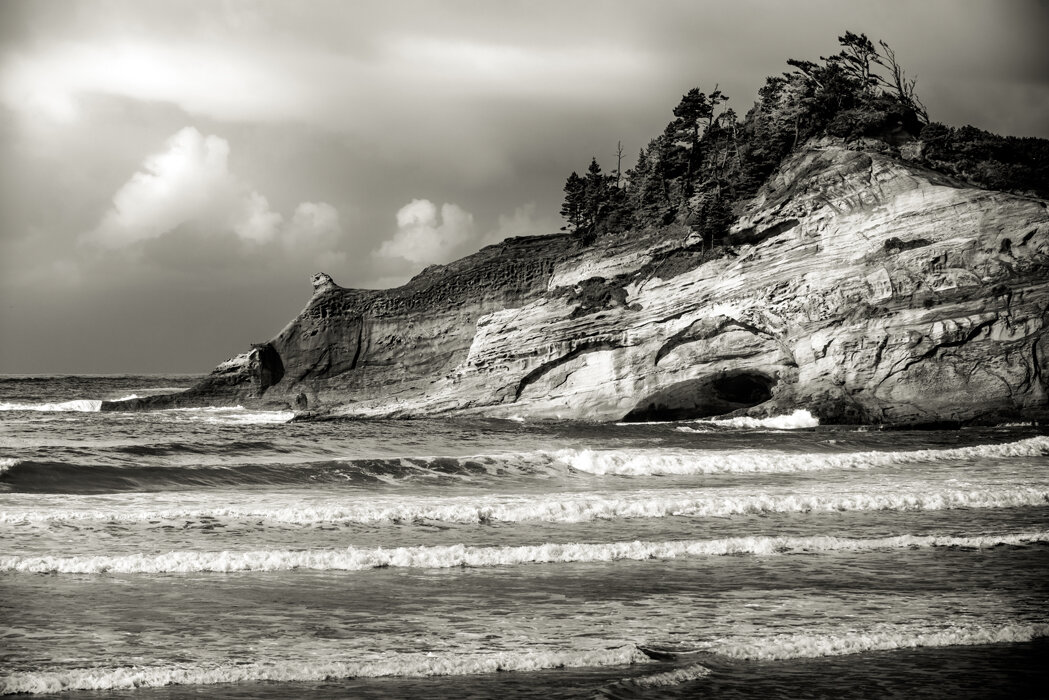










Sandy Brown Jensen - Hand Gilded photos on Vellum.
Process description:
Hand-gilding photos into one-of-a-kind art work is not so much labor intensive as it is an exercise in patience.
The photo is first printed using inkjet on translucent vellum paper.
The vellum with the image is then stabilized with a coat of water-based acrylic lacquer on both sides and dried throughly.
I apply a special size (or glue) to the back of the image, which takes a long time to set up, ready for the next step. If I am doing a duo-tone or tri-tone, the size is applied separately for each metal.
I apply patent gold, copper, silver or pure palladium to the size by hand.
The final project is then spray varnished many times with a product that makes the vellum even more translucent and ensures the archival quality of the finished art.
Ron Shufflebarger
Water’s Edge Studies - click to view









































